Cold Weather Horse Care
Winter is upon us once more and its just as freezing, dark and gloomy as ever. Although our winter conditions aren’t as harsh as some other countries...

With a solution-focused approach, we collaborate closely with clients and consultant teams to align on scope, time frames, design objectives, and cost. We’re committed to delivering a strong return on your investment. Are you interested in our work in the commercial and industrial sectors?

Our client, a vet and sheep farmer, needed a shearing shed and yard cover designed for efficiency and innovation. Partnering with our team, he collaborated with fit-out providers to create two custom steel structures tailored to his farm’s needs. His farm is now equipped for better working conditions and long-term success.

Providing Industry-Leading Steel Building Solutions
Central Steel Build, committed to innovation, quality, and customer satisfaction, has solidified its reputation as an industry leader. We're revolutionising agricultural structures, and transforming how farmers and producers approach building solutions. If you’re interested in our work in the agricultural sector, read the article to discover how we’re transforming building solutions.

Oritech combined office and warehouse
Oritech Pty Ltd partnered with us to build a modern office and warehouse facility in Mitchell Park, Victoria. The design featured innovative L-shaped tilt panels for both function and style. Using our Pro. building approach, we delivered a durable, cost-effective, high-quality solution. Seamless collaboration ensured the project was completed on time and within budget.
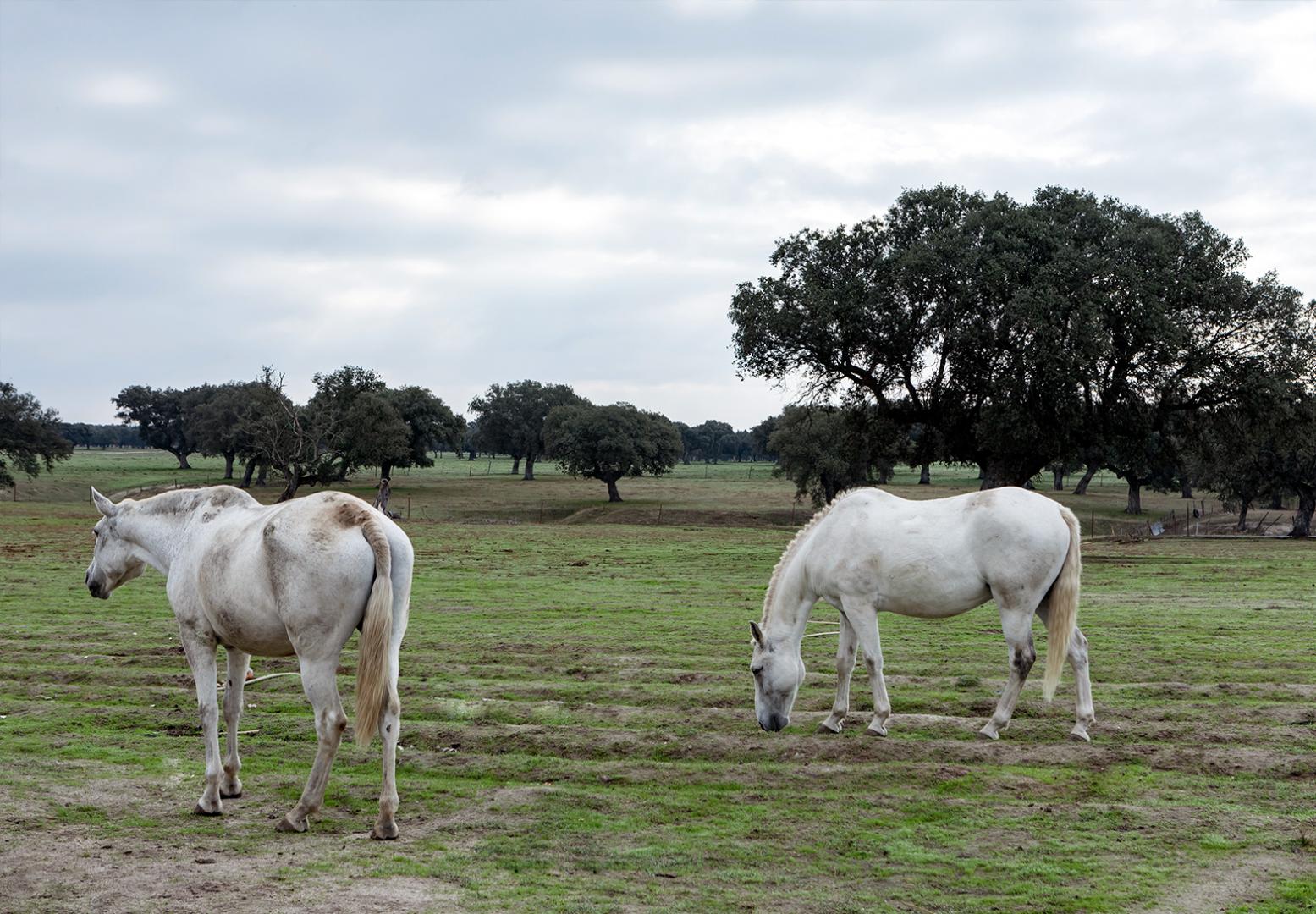
Winter is upon us and with that come the challenges of owning a horse in the cold, wet weather including dealing with mud. We know that keeping your horses and property mud free isn’t an easy task, but it is important. Check out the top eight mud tips to help you this winter.

When you design buildings and sheds around your property it is important to ensure gutters and downpipes are properly installed and divert water to appropriate locations. Drainage devices are easily retrofitted to existing buildings as well. Make sure you have a regular maintenance plan; clean gutters annually and replace or repair broken downpipes often.
25mm of rain on a 12m-15m roof can produce as much as 2,300 litres of water a year. That is a lot of water that contributes to mud accumulation around your stables, riding arena or loafing barns if it isn’t diverted properly.
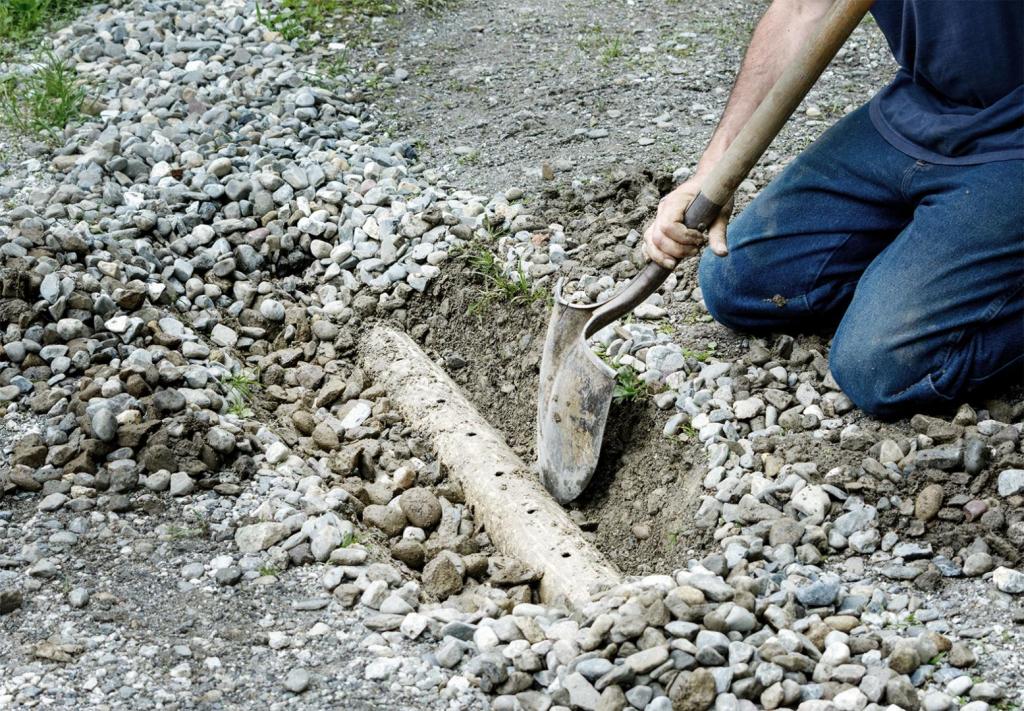
Even if you have put together a carefully thought out site-plan and have properly functioning gutters and downpipes on all buildings, there is still a chance you will find problem areas where water accumulates, resulting in excess mud. As soon as you have identified these areas, do something about it before the mud gets out of hand. Water bars are a great way to divert water, acting as a speedbump that redirects water to an area with better drainage.
French drains are also an effective and easy way to prevent mud build-up. To build a French drain, dig a ditch and fill it with drain rock and direct it to a place of better drainage. If you install these in paddocks where horses are turned out into make sure you cover the drain with gravel to protect your horses’ feet.
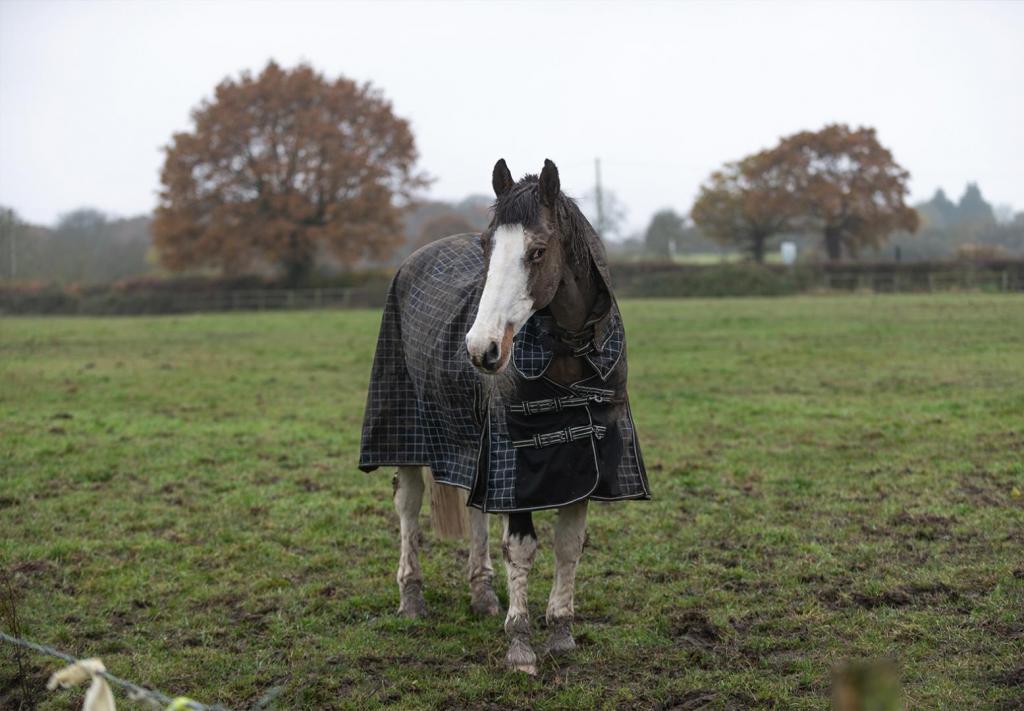 Animal waste makes bad mud worse – deeper, gooier and messier. It also turns the mud into a perfect environment for flies to flourish and microorganisms to accumulate. It is important to clean your paddocks out regularly, especially gravelled spaces and areas with high horse traffic. Really well managed farms go as far as cleaning manure out from bigger pastures. However, cleaning areas with large accumulation, combined with intermittent dragging to spread remaining manure, encouraging it to break down, is a good alternative.
Animal waste makes bad mud worse – deeper, gooier and messier. It also turns the mud into a perfect environment for flies to flourish and microorganisms to accumulate. It is important to clean your paddocks out regularly, especially gravelled spaces and areas with high horse traffic. Really well managed farms go as far as cleaning manure out from bigger pastures. However, cleaning areas with large accumulation, combined with intermittent dragging to spread remaining manure, encouraging it to break down, is a good alternative.
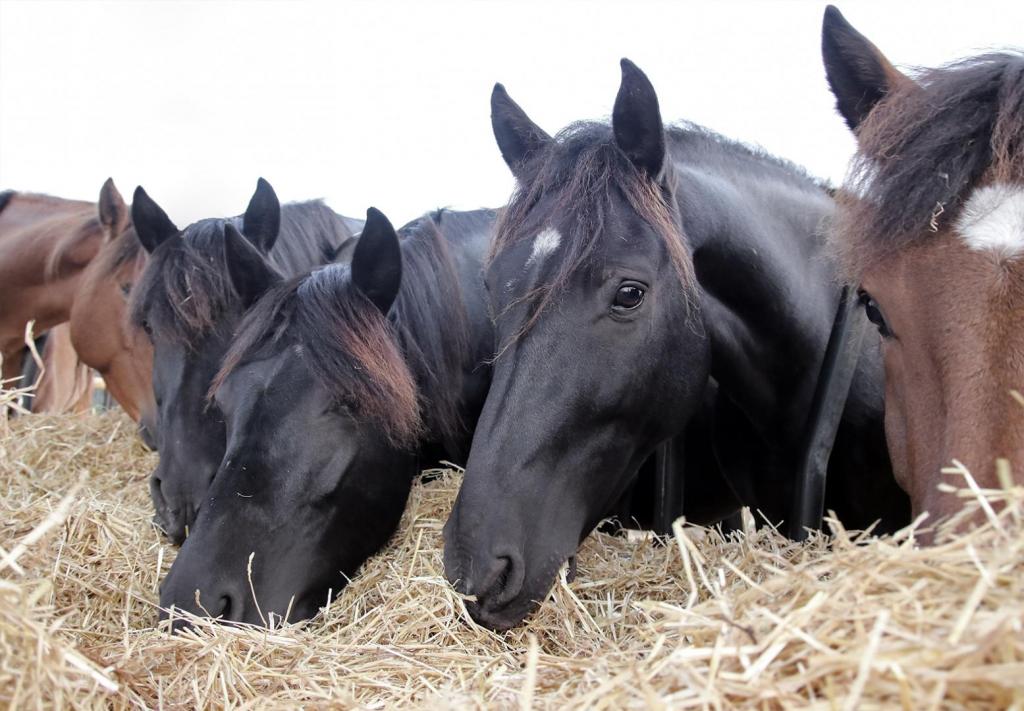 Make a habit to not feed your horses on grass or pre-existing mud. Instead, place feeders on gravel or any other solid footing you have on your property. Feeding hay in a grass paddock contributes to vegetation breakdown and leftover scraps break down into the soil, adding organic material into the mix and making mud worse. It is important to rake and clean gravel areas regularly to prevent hay from breaking down and contributing to mud build-up.
Make a habit to not feed your horses on grass or pre-existing mud. Instead, place feeders on gravel or any other solid footing you have on your property. Feeding hay in a grass paddock contributes to vegetation breakdown and leftover scraps break down into the soil, adding organic material into the mix and making mud worse. It is important to rake and clean gravel areas regularly to prevent hay from breaking down and contributing to mud build-up.
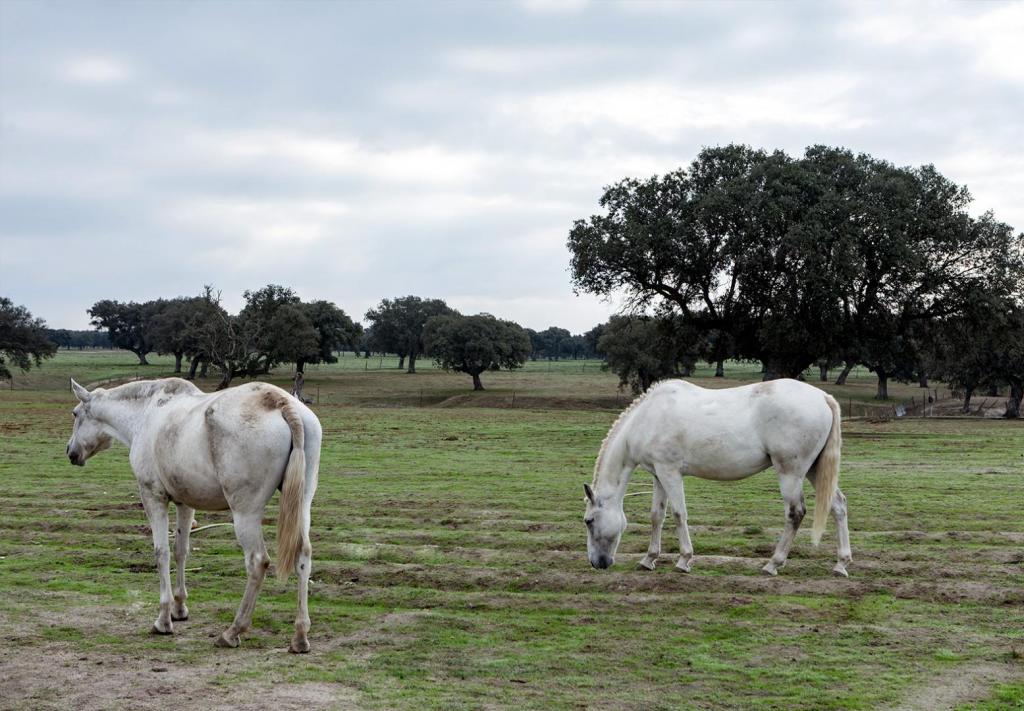 One of the most important factors for keeping paddocks and pastures free from excessive mud is to avoid overcrowding. Horses are large and active animals that tear up the grass and churn up soil as they cavort around paddocks. They are also extremely efficient grazers, grazing grass down low which contributes to vegetation breakdown. Less horses in one area means less mud, as a rule of thumb each horse should have between one and two acres of pasture available for a full-turned out lifestyle.
One of the most important factors for keeping paddocks and pastures free from excessive mud is to avoid overcrowding. Horses are large and active animals that tear up the grass and churn up soil as they cavort around paddocks. They are also extremely efficient grazers, grazing grass down low which contributes to vegetation breakdown. Less horses in one area means less mud, as a rule of thumb each horse should have between one and two acres of pasture available for a full-turned out lifestyle.
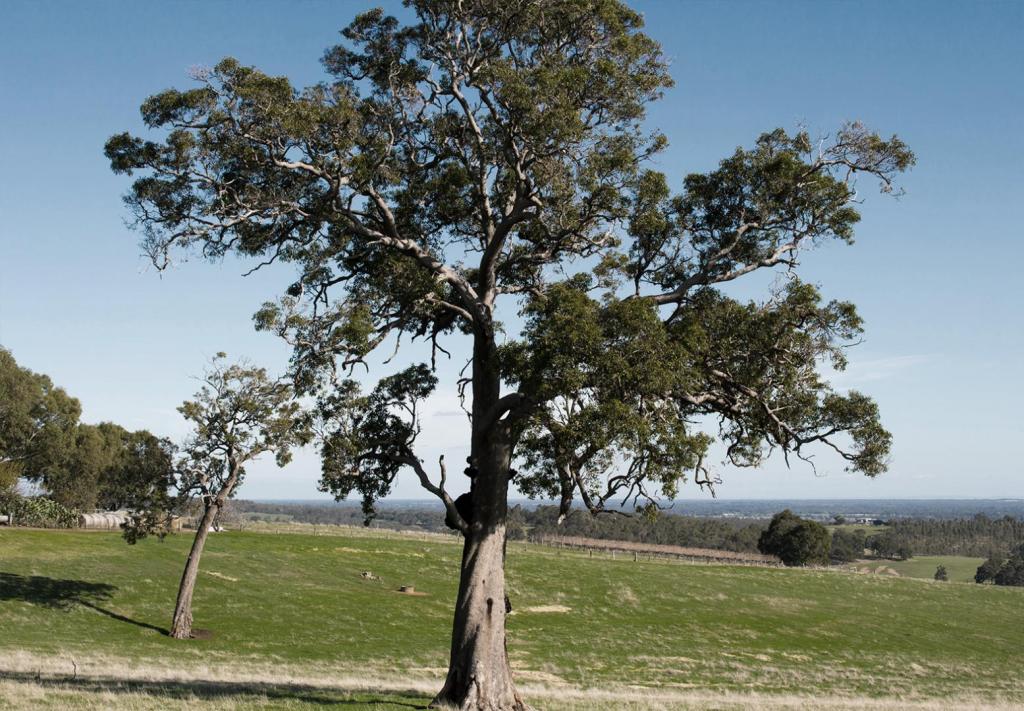 Even while keeping down the traffic, paddocks and pastures need at least a month or two of complete rest every year. It is a good idea to plan your turn-out schedule so you always have an empty space. Block off areas that need rejuvenation with temporary fences to give the grass a chance to regrow.
Even while keeping down the traffic, paddocks and pastures need at least a month or two of complete rest every year. It is a good idea to plan your turn-out schedule so you always have an empty space. Block off areas that need rejuvenation with temporary fences to give the grass a chance to regrow.
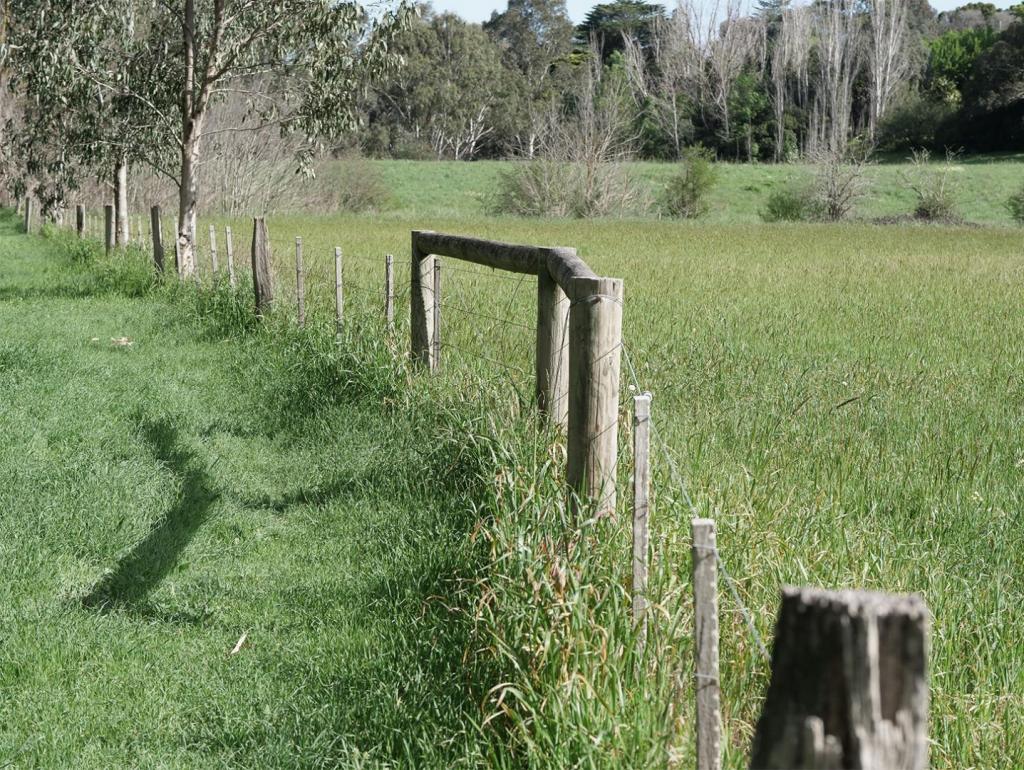
Healthy grass instead of mud is every horse owner’s goal. If grass is healthy it is less likely to break down under the demands of grazing horses. Happy paddocks require a careful management plan which starts with collecting a soil sample every few years to submit for analysis to a lab. Based on these results you can determine what additives your soil requires including fertiliser, lime and other minerals.
Occasionally over-seeding allows grass to fortify and keep growing strong. Although it is best to seed while paddocks are resting, you can still get good results if the area isn’t overcrowded. In fact, horse hooves can push the seed into the soil and encourage it to grow.
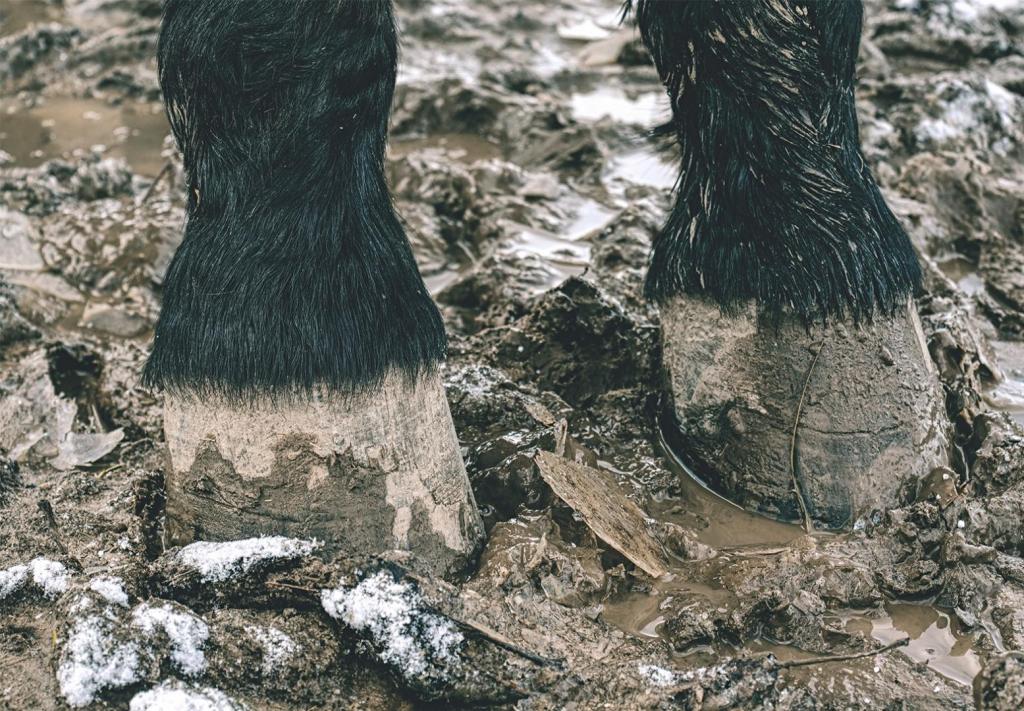
No matter how careful you are with maintaining a mud-free property, there will still be mud from time to time. There are a couple of different strategies you can consider to protect your horses’ legs and prevent skin infections.
Avoid trimming hair away from the fetlocks and pasterns, if possible, long feathers on your horse’s fetlocks provide a good barrier from moisture and will prevent mud from contacting the skin. Make sure you clean them several times a week and inspect the skin underneath to ensure it is still healthy. If you need to trim your horses’ legs, consider a thick application of Sudocrem over the pastern and heel area to act as a moisture barrier and to stop bacteria or other organisms from gaining a presence.
Information credits: horseandrider.com
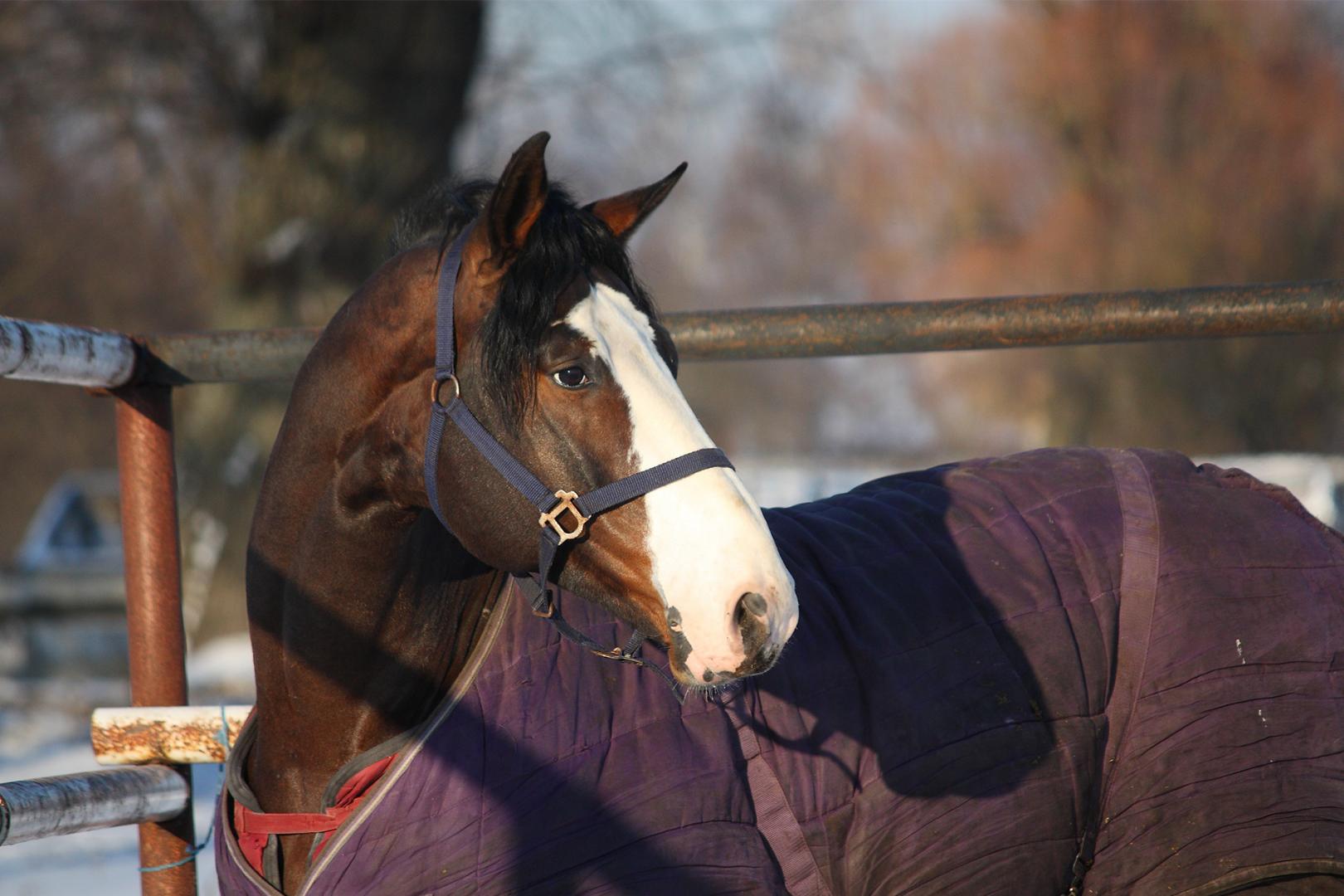
Winter is upon us once more and its just as freezing, dark and gloomy as ever. Although our winter conditions aren’t as harsh as some other countries...
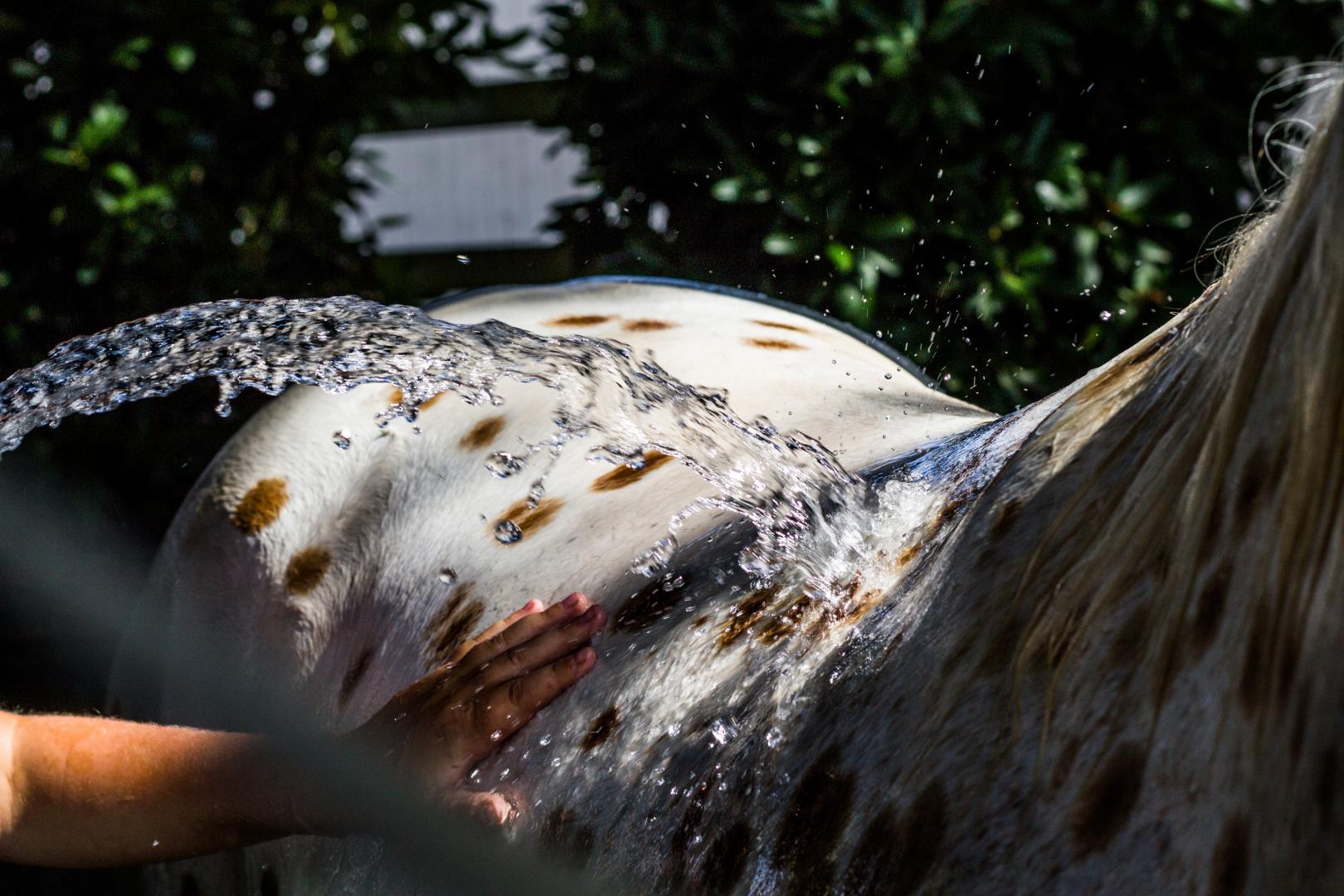
Here in Australia most parts of the country undergo scorching temperatures that animals can suffer from if they are unable to cope with the heat....
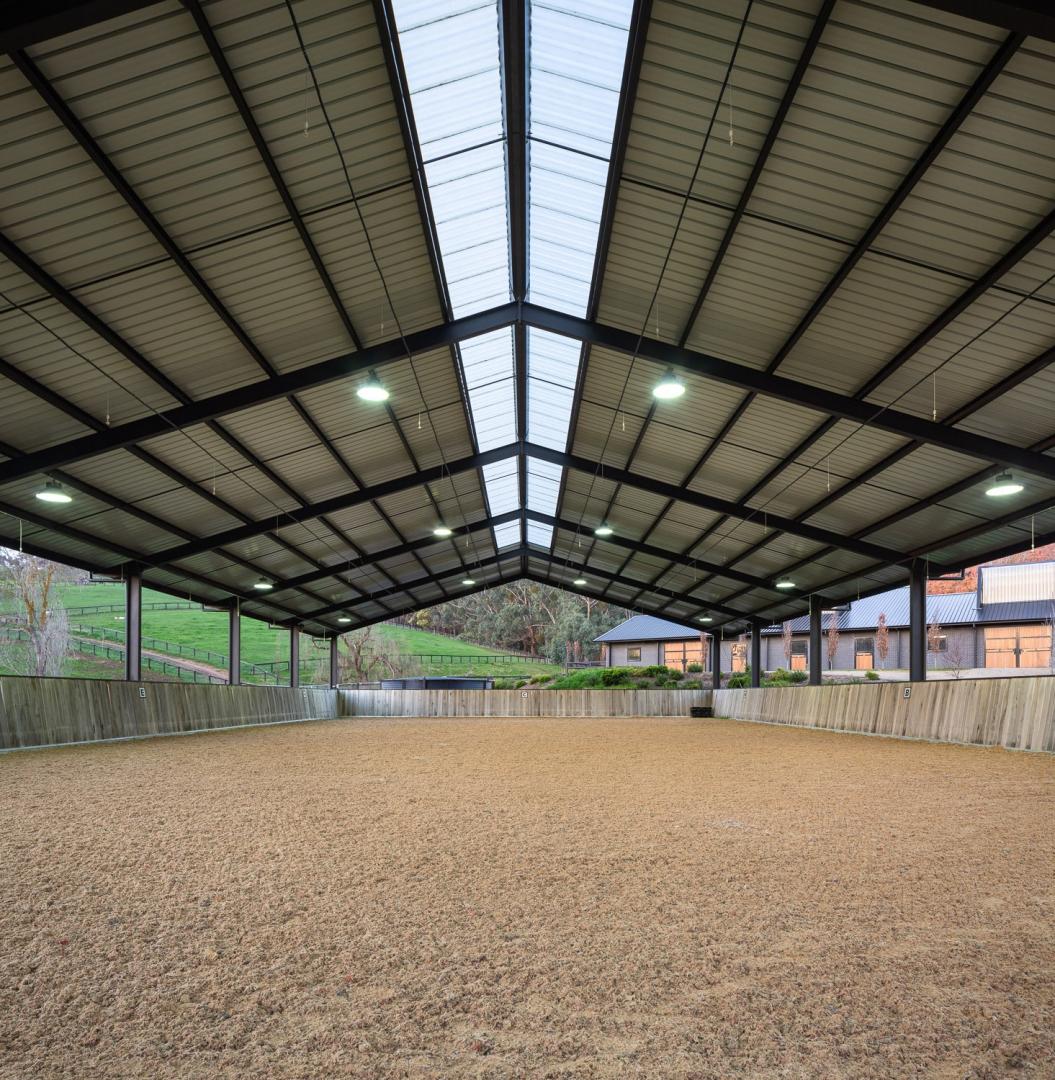
Springside Warmbloods is a boutique Warmblood stud located in the beautiful Yarra Valley, Victoria. The stud excels at providing the equestrian...